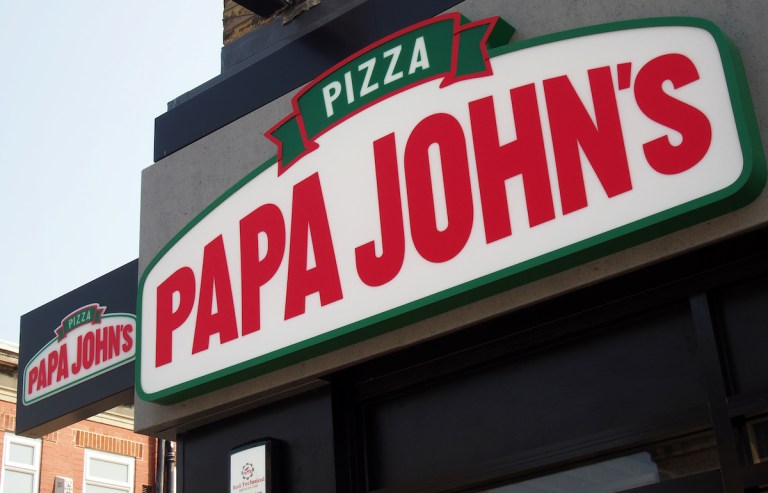
Papa John’s is looking to learn from Nike’s omnichannel success with its new C-suite addition, tapping Nike North America’s chief financial officer to take over the same role at the pizza chain as restaurants across the industry learn from retailers’ successes and failures.
The restaurant giant, which has more than 5,700 locations across around 50 countries, announced Monday (June 26) the addition of Ravi Thanawala, who will end his three-year stint as Nike North America CFO (and nearly seven-year tenure with the company) and begin his role at Papa Johns July 24.
In a statement accompanying the news release, Rob Lynch, president and CEO of Papa John’s, highlighted Thanawala’s omnichannel success as a key contribution he will bring to the pizza chain.
“Ravi’s proven track record of leading companies with diversified business models and robust eCommerce platforms will be key to enabling our continued growth through both our corporate-owned and franchisee-led restaurants,” Lynch said in the statement.
While online shopping has been popular for decades, digital restaurant ordering has not been the norm for most consumers until the past few years following the initial outbreak of the pandemic. As such, restaurants are turning to retailers’ longstanding experience in the space to better understand what works when it comes to omnichannel (and what does not).
Restaurants followed in retailers’ footprints, taking their websites, which were formerly primarily informational, and integrating commerce into them with digital ordering. Plus, Nike has been something of a leader among legacy brands in building out its direct-to-consumer (D2C) infrastructure, driving sales outside of third parties and creating relationships with its customers — a challenge that is top-of-mind for many restaurants as they look to shift consumers away from aggregators toward direct channels.
In a 2021 interview with PYMNTS, Brendan Sweeney, CEO and co-founder of Popmenu, said restaurants should be looking to retailer eCommerce giants to better understand how they can use their sites to drive conversion.
“[With] most things we buy as consumers … you always have all of this decision criteria at your fingertips,” Sweeney said. “I mean, how much is on one page in Amazon?”
He noted that typical retail eCommerce pages include reviews and ratings, photos and related recommendations, among other information, whereas restaurants often only have text and the occasional photo.
Notably, overall digital restaurant engagement has surpassed overall retail eCommerce engagement. Research from PYMNTS’ study last month “ConnectedEconomy™ Monthly Report: The Urban-Rural Health Divide Edition,” which drew from a survey of nearly 2,500 U.S. consumers, revealed that 75% of urban consumers engage with restaurants digitally, while only 70% shop digitally. Plus, 46% of suburban consumers said the same of restaurants versus 37% of shopping. Only in the country does online shopping continue to surpass digital ordering, with 30% of rural consumers shopping digitally versus 28% engaging with restaurants digitally.
Papa Johns, for its part, has its direct ordering website and app as well as its digital loyalty program to incentivize further digital engagement. By learning from Nike with its high D2C mix and its membership success, the pizza chain may be able to give these direct channels the boost it is looking for.